|
Belize Zoo
The Belize Zoo and Tropical Education Center is a zoo in Belize, located some west of Belize City on the Western Highway. Set in , the zoo was founded in 1983 by Sharon Matola. It is home to more than 175 animals of about 48 species, all native to Belize. The natural environment of Belize is left entirely intact within the zoo. The dense, natural vegetation is separated only by gravel trails through the forest. The Belize Zoo and Tropical Education Center receives over 68,000 visitors annually, with 15,000 being students, teachers, and parents. The Belize Zoo focuses on educating visitors about the wildlife of Belize through encountering the animals in their natural habitat. The aim is to instill appreciation and pride, and a desire to protect and conserve Belize's natural resources. The zoo was the recipient of Belize Tourism Board's 9th National Tourism Award, "Educational Award of the Year" in 2009. History In 1983, a film making team, headed by cinematographer Richard Fos ... [...More Info...] [...Related Items...] OR: [Wikipedia] [Google] [Baidu] |
Keel-billed Toucan
The keel-billed toucan (''Ramphastos sulfuratus''), also known as sulfur-breasted toucan or rainbow-billed toucan, is a colorful Latin American member of the toucan family. It is the national bird of Belize. The species is found in tropical jungles from southern Mexico to Colombia. It is an omnivorous forest bird that feeds on fruits, seeds, insects, invertebrates, lizards, snakes, and small birds and their eggs. Taxonomy and systematics Subspecies Two subspecies are recognized: * ''R. s. sulfuratus'' – Lesson, 1830: Found in south-eastern Mexico, Belize and northern Guatemala * ''R. s. brevicarinatus'' – Gould, 1854: Originally described as a separate species. Found in south-eastern Guatemala to northern Colombia and north-western Venezuela Description Including its bill, the keel-billed toucan ranges in length from around . Their large and colorful bill averages around , about one-third of its length. It typically weighs about . While the bill seems large and cumbersome, i ... [...More Info...] [...Related Items...] OR: [Wikipedia] [Google] [Baidu] |
White-lipped Peccary
The white-lipped peccary (''Tayassu pecari'') is a species of peccary found in Central America, Central and South America and the only member of the genus ''Tayassu''. Multiple subspecies have been identified. White-lipped peccaries are similar in appearance to pigs, but covered in dark hair (except on certain regions, such as the throat, where it is cream (color), cream). The range of ''T. pecari'', which extends from Mexico to Argentina, has become fragmented, and the species's population is declining overall (especially in Mexico and Central America). They can be found in a variety of habitats. Social animals, white-lipped peccaries typically forage in large groups, which can have as many as 300 peccaries. They are an important part of their ecosystem and multiple efforts are being made to preserve them in the wild. Not all disappearances are explained, but human activities play a role, with two major threats being deforestation and hunting; the latter is very common in rural ... [...More Info...] [...Related Items...] OR: [Wikipedia] [Google] [Baidu] |
Red-lored Amazon
The red-lored amazon or red-lored parrot (''Amazona autumnalis'') is a species of amazon parrot, native to tropical regions of the Americas, from eastern Mexico south to Ecuador where it occurs in humid evergreen to semi-deciduous forests up to 1,100 m altitude. It is absent from the Pacific side of Central America north of Costa Rica. Not originally known from El Salvador, a pair - perhaps escaped from captivity - nested successfully in 1995 and 1996 in the outskirts of San Salvador and the species might expand its range permanently into that country in the future.Herrera ''et al.'' (2006) This species has also established feral populations in several California cities. Taxonomy The red-lored amazon was formally described in 1758 by the Swedish naturalist Carl Linnaeus in the tenth edition of his ''Systema Naturae''. He placed it with all the other parrots in the genus ''Psittacus'' and coined the binomial name ''Psittacus autumnalis''. Linnaeus based his description o ... [...More Info...] [...Related Items...] OR: [Wikipedia] [Google] [Baidu] |
Scarlet Macaw
The scarlet macaw (''Ara macao'') is a large red, yellow, and blue Central and South American parrot, a member of a large group of Neotropical parrots called macaws. It is native to humid evergreen forests of the Neotropics. Its range extends from south-eastern Mexico to Peru, Ecuador, Colombia, Bolivia, Venezuela and Brazil in lowlands of (at least formerly) up to , the Caribbean island of Trinidad, as well as the Pacific island of Coiba. Formerly, it ranged north to southern Tamaulipas. In some areas, it has suffered local extinction because of habitat destruction, or capture for the parrot trade, but in other areas, it remains fairly common. It is the national bird of Honduras. Like its relative the blue-and-yellow macaw, the scarlet macaw is a popular bird in aviculture as a result of its striking plumage. Taxonomy The scarlet macaw was formally described by the Swedish naturalist Carl Linnaeus in 1758 in the tenth edition of his ''Systema Naturae'' under the binomial name ' ... [...More Info...] [...Related Items...] OR: [Wikipedia] [Google] [Baidu] |
Bird Of Prey
Birds of prey or predatory birds, also known as raptors, are hypercarnivorous bird species that actively hunt and feed on other vertebrates (mainly mammals, reptiles and other smaller birds). In addition to speed and strength, these predators have keen eyesight for detecting prey from a distance or during flight, strong feet with sharp talons for grasping or killing prey, and powerful, curved beaks for tearing off flesh. Although predatory birds primarily hunt live prey, many species (such as fish eagles, vultures and condors) also scavenge and eat carrion. Although the term "bird of prey" could theoretically be taken to include all birds that actively hunt and eat other animals, ornithologists typically use the narrower definition followed in this page, excluding both piscivorous predators such as storks, herons, gulls, skuas, penguins and kingfishers, as well as primarily insectivorous birds such as passerine birds (e.g. shrikes) and birds like nightjars and frogmouths. So ... [...More Info...] [...Related Items...] OR: [Wikipedia] [Google] [Baidu] |
Parrot
Parrots, also known as psittacines (), are birds of the roughly 398 species in 92 genera comprising the order Psittaciformes (), found mostly in tropical and subtropical regions. The order is subdivided into three superfamilies: the Psittacoidea ("true" parrots), the Cacatuoidea (cockatoos), and the Strigopoidea (New Zealand parrots). One-third of all parrot species are threatened by extinction, with higher aggregate extinction risk ( IUCN Red List Index) than any other comparable bird group. Parrots have a generally pantropical distribution with several species inhabiting temperate regions in the Southern Hemisphere, as well. The greatest diversity of parrots is in South America and Australasia. Characteristic features of parrots include a strong, curved bill, an upright stance, strong legs, and clawed zygodactyl feet. Many parrots are vividly coloured, and some are multi-coloured. Most parrots exhibit little or no sexual dimorphism in the visual spectrum. They form the most ... [...More Info...] [...Related Items...] OR: [Wikipedia] [Google] [Baidu] |
Tayra
The tayra (''Eira barbara'') is an omnivorous animal from the weasel family, native to the Americas. It is the only species in the genus ''Eira''. Tayras are also known as the ''tolomuco'' or ''perico ligero'' in Central America, ''motete'' in Honduras, ''irara'' in Brazil, ''san hol'' or ''viejo de monte'' in the Yucatan Peninsula, and high-woods dog (or historically ''chien bois'') in Trinidad. The genus name ''Eira'' is derived from the indigenous name of the animal in Bolivia and Peru, while ''barbara'' means "strange" or "foreign". Description Tayras are long, slender animals with an appearance similar to that of weasels and martens. They range from in length, not including a 37- to 46-cm-long (15 to 18 in) bushy tail, and weigh . Males are larger, and slightly more muscular, than females. They have short, dark brown to black fur which is relatively uniform across the body, limbs, and tail, except for a yellow or orange spot on the chest. The fur on the head and neck is ... [...More Info...] [...Related Items...] OR: [Wikipedia] [Google] [Baidu] |
Kinkajou
The kinkajou ( /ˈkɪŋkədʒuː/ ''KING-kə-joo''; ''Potos flavus'') is a tropical rainforest mammal of the family Procyonidae related to olingos, coatis, raccoons, and the ringtail and cacomistle. It is the only member of the genus ''Potos'' and is also known as the "honey bear" (a name that it shares with the unrelated sun bear). Kinkajous are arboreal, a lifestyle they evolved independently; they are not closely related to any other tree-dwelling mammal group (primates, some mustelids, etc.). Native to Central and South America, this mostly frugivorous mammal is not an endangered species, though it is seldom seen by people because of its strict nocturnal habits. However, it is hunted for the pet trade, for its skin (to make wallets and horse saddles), and for its meat. The species has been included in Appendix III of CITES by Honduras, which means that exports from Honduras require an export permit, and exports from other countries require a certificate of origin or of re- ... [...More Info...] [...Related Items...] OR: [Wikipedia] [Google] [Baidu] |
White-nosed Coati
The white-nosed coati (''Nasua narica''), also known as the coatimundi (), is a species of coati and a member of the family Procyonidae (raccoons and their relatives). Local Spanish names for the species include ''pizote'', ''antoon'', and ''tejón'', depending upon the region. It weighs about . However, males are much larger than females: small females can weigh as little as , while large males can weigh as much as . Wc.pima.edu. Retrieved on 2011-09-15. On average, the nose-to-tail length of the species is about with about half of that being the tail length. Distribution and habitat 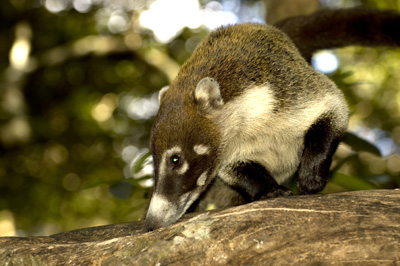 The white-nosed ...
The white-nosed ...
[...More Info...] [...Related Items...] OR: [Wikipedia] [Google] [Baidu] |
Neotropical Otter
The Neotropical otter or Neotropical river otter (''Lontra longicaudis'') is an otter species found in Mexico, Central America, South America, and the island of Trinidad. It is physically similar to the northern and southern river otter, which occur directly north and south of this species' range. The length of the Neotropical otter can range from , plus a tail of . Body weight ranges from . Otters are members of the family Mustelidae, the most species-rich (and therefore diverse) family in the order Carnivora. This otter is found in many different riverine habitats, including deciduous and evergreen forests, savannas, llanos and pantanal. It prefers to live in clear fast-flowing rivers and streams. It is a relatively solitary animal and feeds mostly on fish and crustaceans. Taxonomy The taxonomy of the genus ''Lontra'' has been debated, but the use of ''Lontra'' rather than ''Lutra'' for New World otters is generally supported. The Neotropical otter has a very wide range, cover ... [...More Info...] [...Related Items...] OR: [Wikipedia] [Google] [Baidu] |
Gray Fox
The gray fox (''Urocyon cinereoargenteus''), or grey fox, is an omnivorous mammal of the family Canidae, widespread throughout North America and Central America. This species and its only congener, the diminutive island fox (''Urocyon littoralis'') of the California Channel Islands, are the only living members of the genus ''Urocyon'', which is considered to be genetically basal to all other living canids. Its species name ''cinereoargenteus'' means " ashen silver". It was once the most common fox in the eastern United States, and though still found there, human advancement and deforestation allowed the red fox to become the predominant fox-like canid. Despite this post-colonial competition, the gray fox has been able to thrive in urban and suburban environments, one of the best examples being southern Florida. The Pacific States and Great Lakes region still have the gray fox as their prevalent fox. Etymology The genus ''Urocyon'' comes from the Latin 'uro' meaning tail, an ... [...More Info...] [...Related Items...] OR: [Wikipedia] [Google] [Baidu] |
Lowland Paca
The lowland paca (''Cuniculus paca''), also known as the spotted paca, is a large rodent found in tropical and sub-tropical America, from east-central Mexico to northern Argentina, and has been introduced to Cuba and Algeria. The animal is called ''paca'' in most of its range, but ''tepezcuintle'' (original Aztec language name) in most of Mexico and Central America, ''guardatinaja'' in Nicaragua, ''pisquinte'' in northern Costa Rica, ' in the Yucatán peninsula, ''conejo pintado'' in Panama, ''guanta'' in Ecuador, ''majás'' or ''picuro'' in Peru, ''jochi pintado'' in Bolivia, and ''boruga'', ''tinajo'',Fauna y flora de la cuenca media del Río Lebrija en Rionegro, Santander - [...More Info...] [...Related Items...] OR: [Wikipedia] [Google] [Baidu] |


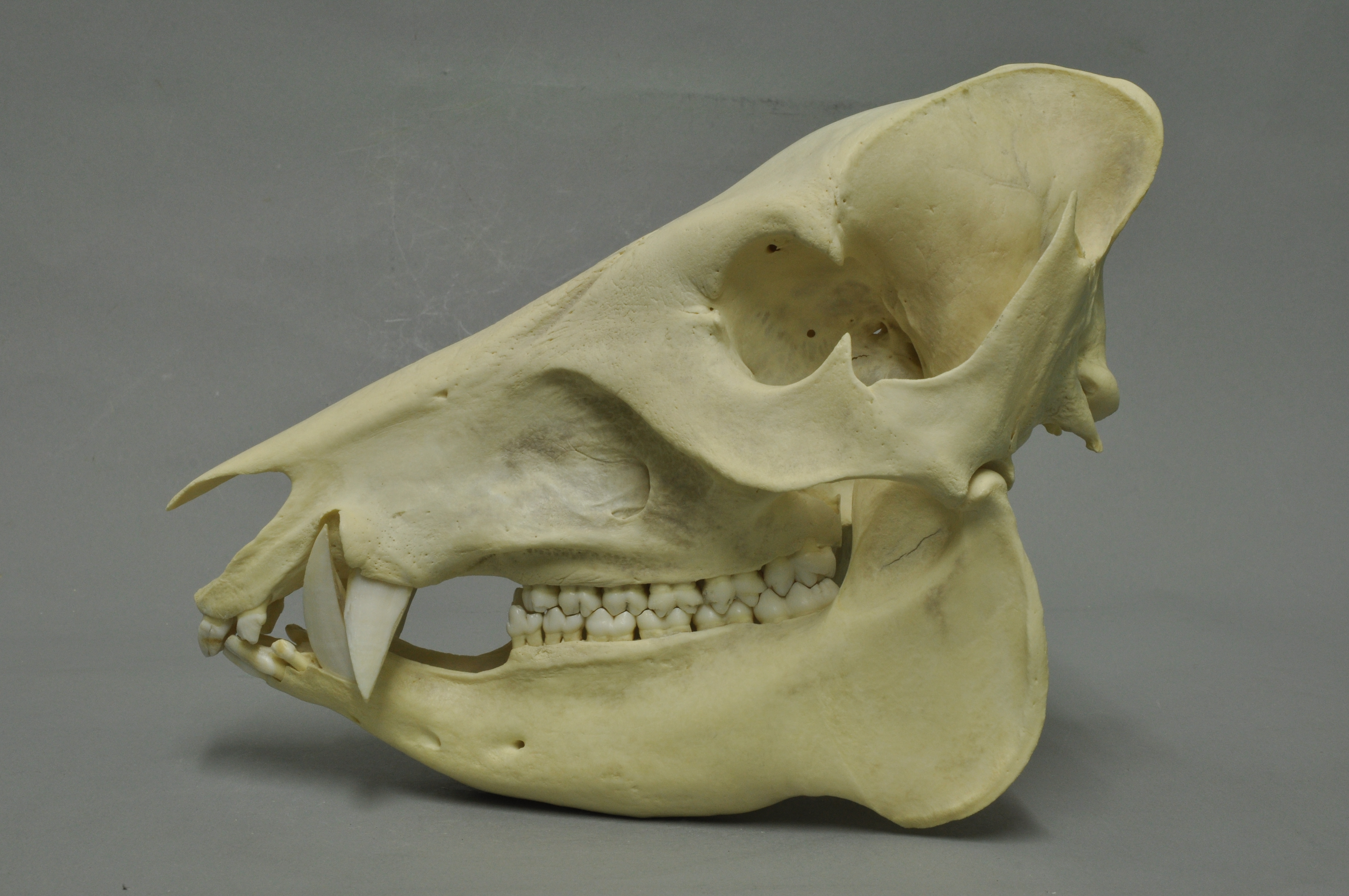
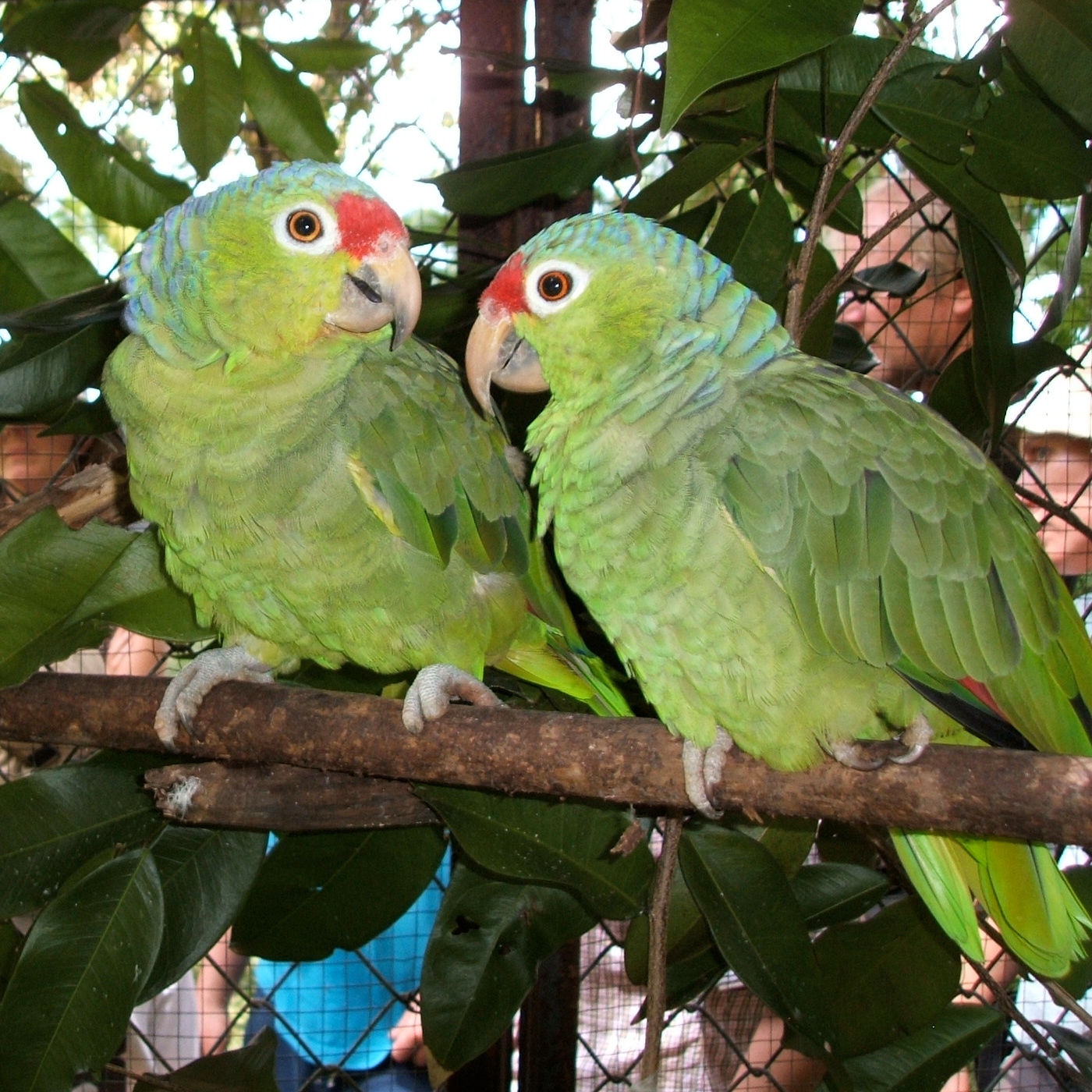
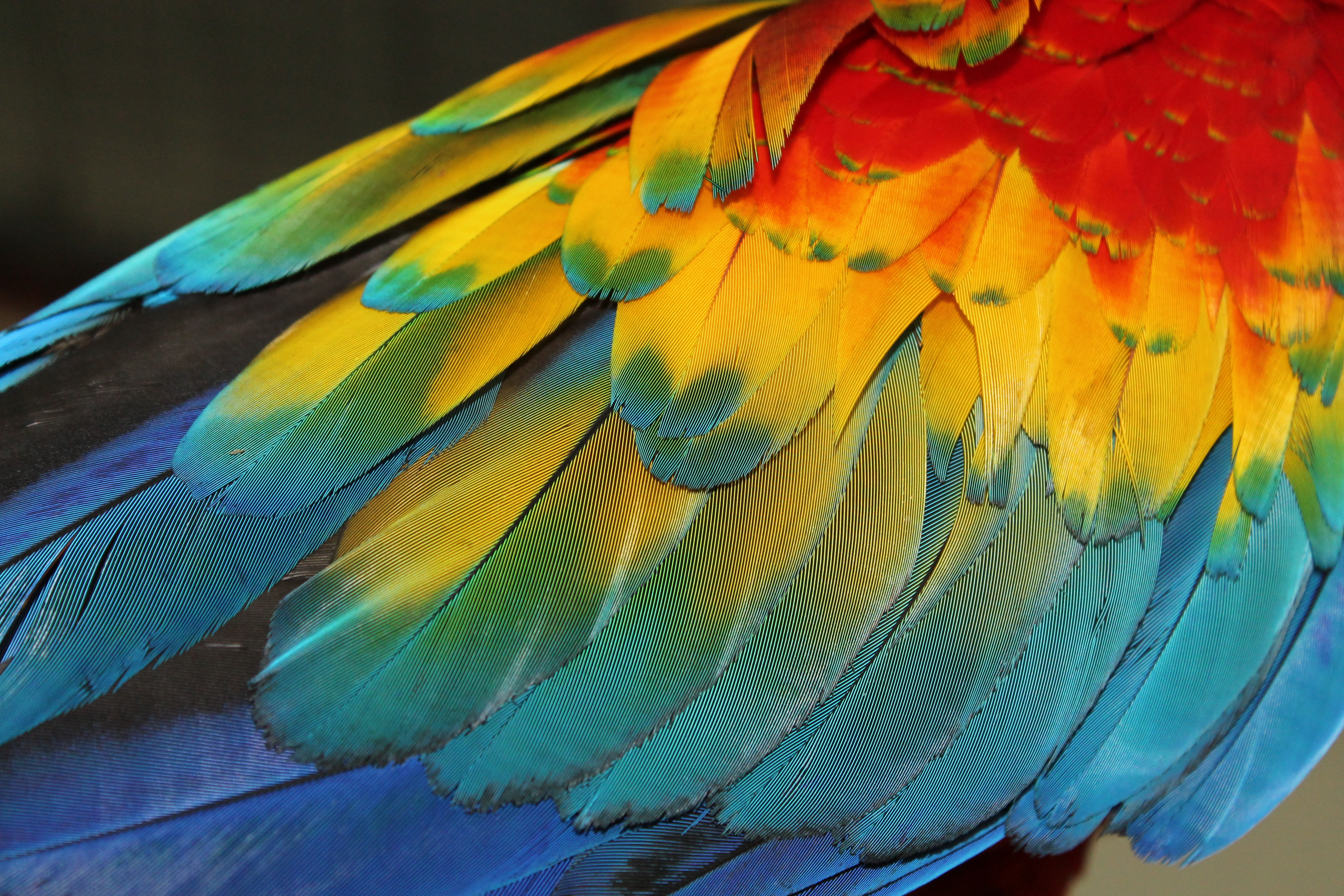


.jpg)
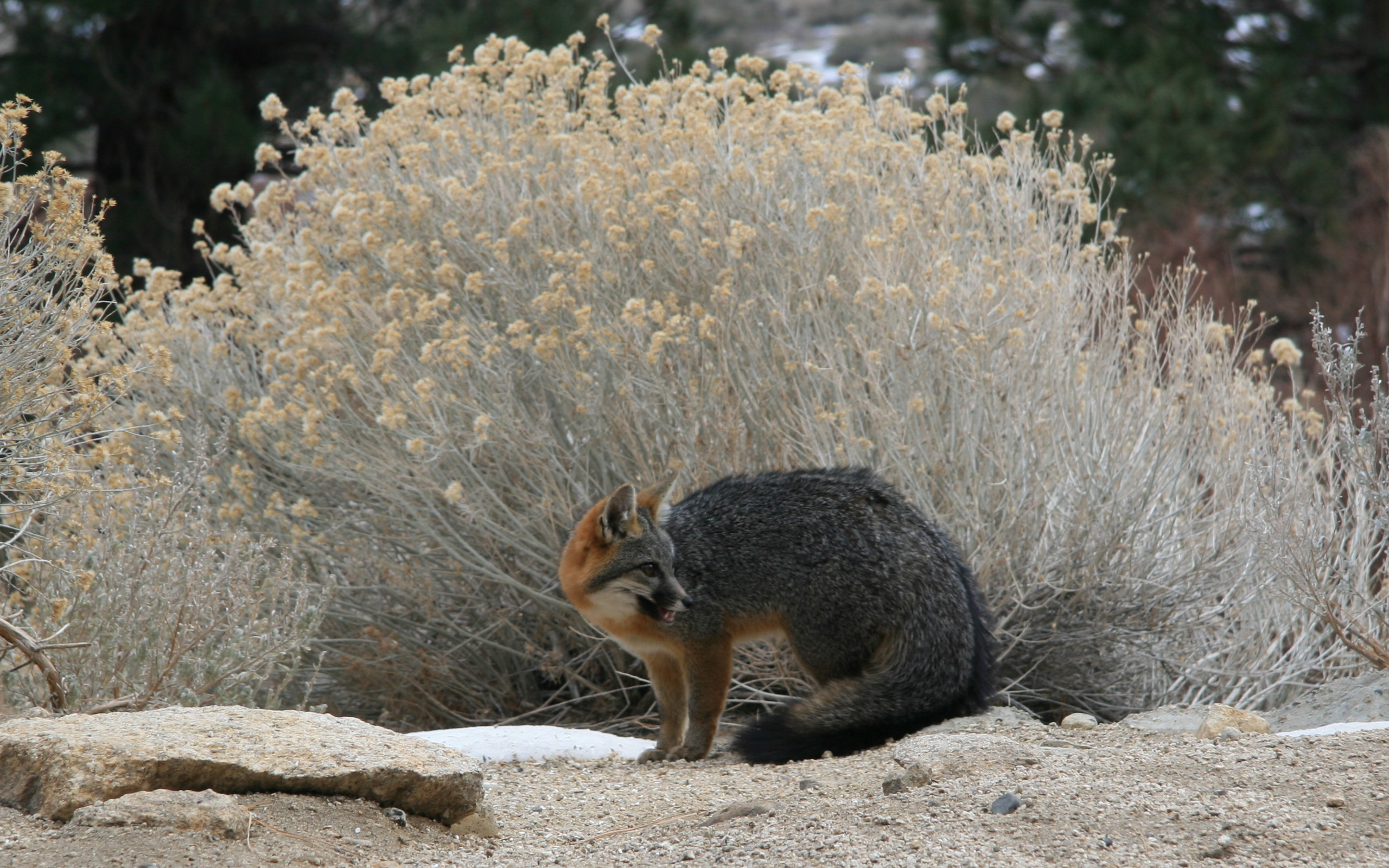
_Cuniculus_paca.jpg)